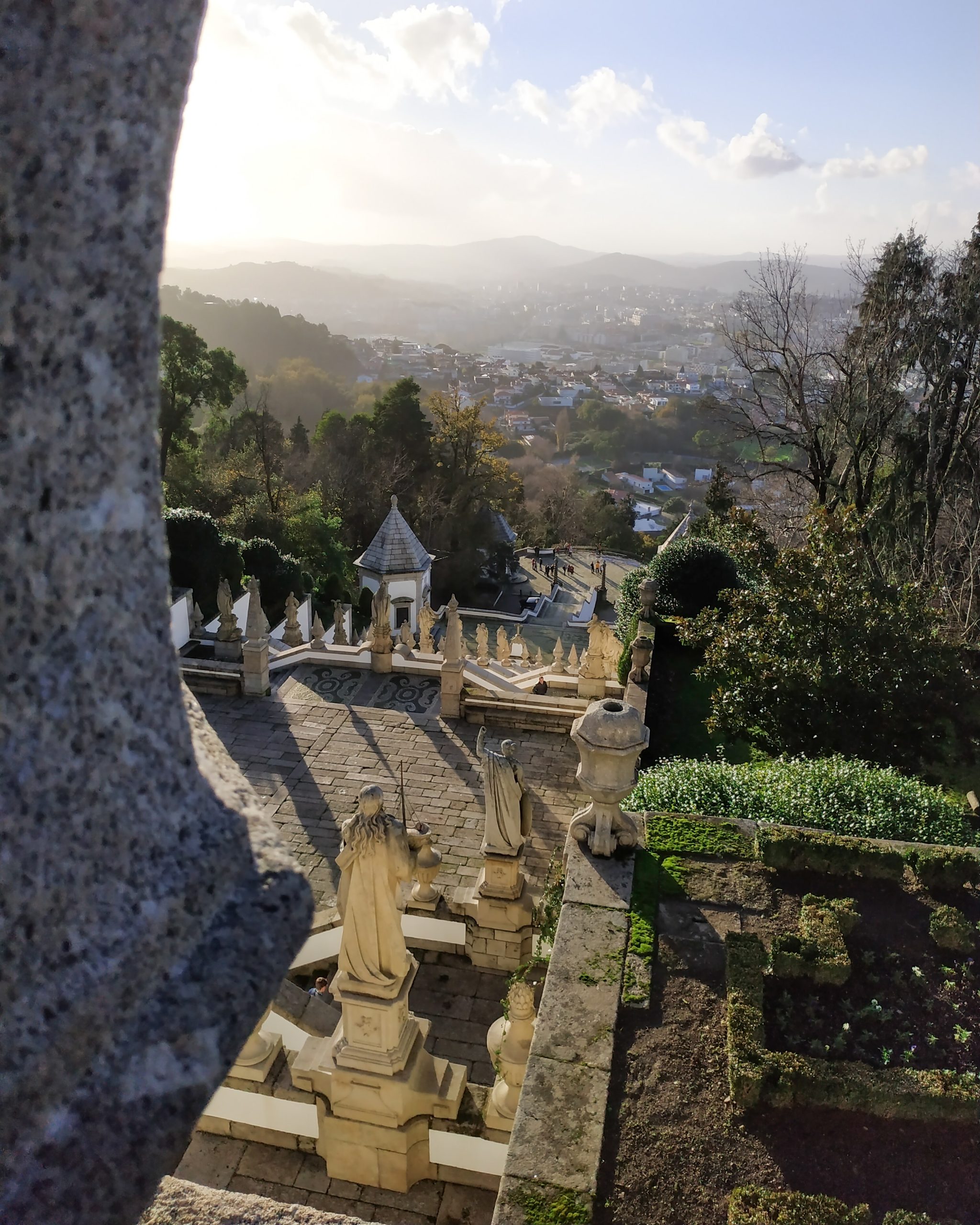1. Francesinha
Porto is particularly famous for its Francesinhas. It consists of a sandwich with different types of meat, covered in cheese and special sauce, with a fried egg on top, usually served with fried potatoes. Keep in mind that this deliciousness is very filling, so you better be hungry when ordering this, and don’t forget to ask for a beer.

2. Port Wine
Another specialty of the region is Port Wine, made in Douro Valley. The typical Port Wine is red and sweet and goes well with desserts. Important to mention, this type of wine is made in other countries too, like France, but only the ones made in this region have the right to be called Port Wine. The reason for this is the authentic Port grape varieties that grow mainly in this specific region are used to make Port Wine.

3. São João Festival
São João Festival in Porto is one of the most beloved events here. Originally celebrated in the 14th century as a pagan festivity for good harvest, later it was readjusted into a Christian celebration for Saint João. There are common dishes that everyone eats on this day like Caldo Verde: famous Portuguese Kale soup, and grilled Sardines. After dinner, there is usually a party and fireworks. One of the funniest parts of the festival is the way people greet one another by lightly hitting on each others’ heads with a plastic hammer.

4. Careto
Careto is a Celtic ritual still practiced in some regions of Northern Portugal. It is used to signify the arrival of spring. Originally, men would dress up in colourful clothes and wear masks, running around the villages and disturbing the villagers. They would also use their bells to make some noise as well as bless young women, as a sign of fertility.

5. Sanctuary of Bom Jesus do Monte
In the outskirts of Braga, this Sanctuary is one of the unique places to visit. This is a famous pilgrimage site dating back to the 14th century. Its architecture is unique, with a long cascade of 580 steps that were made for the pilgrims.

